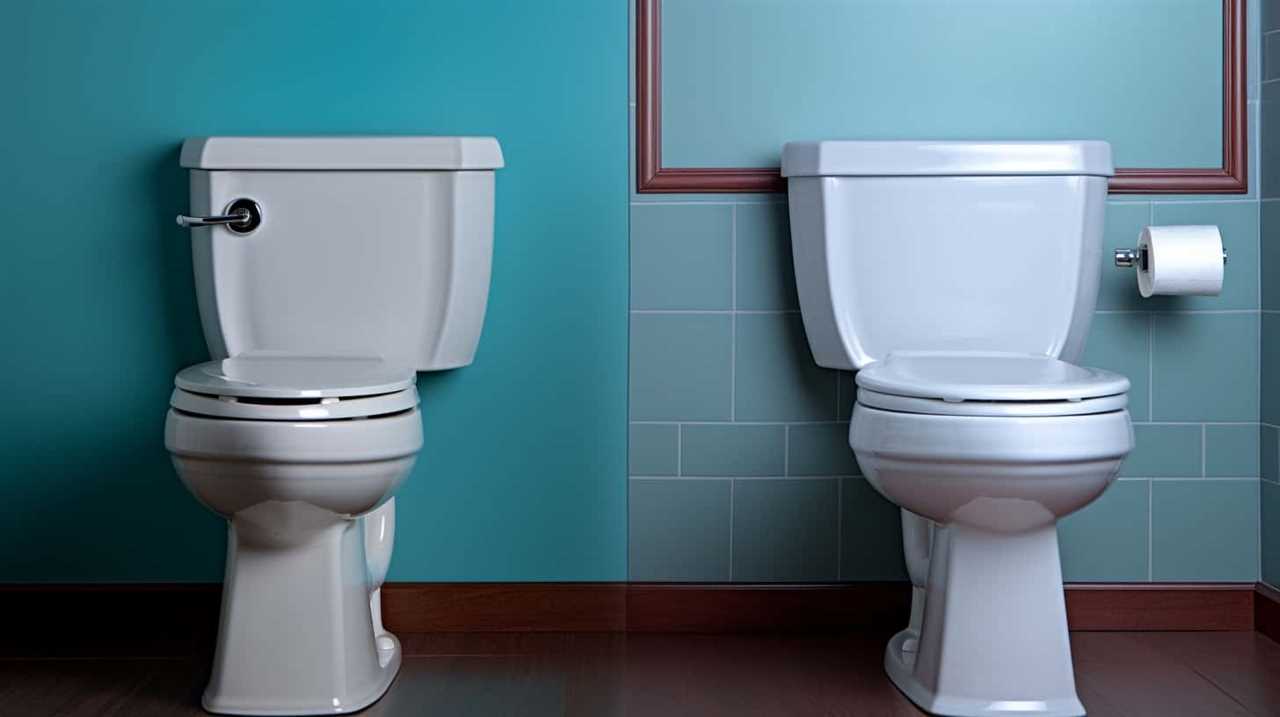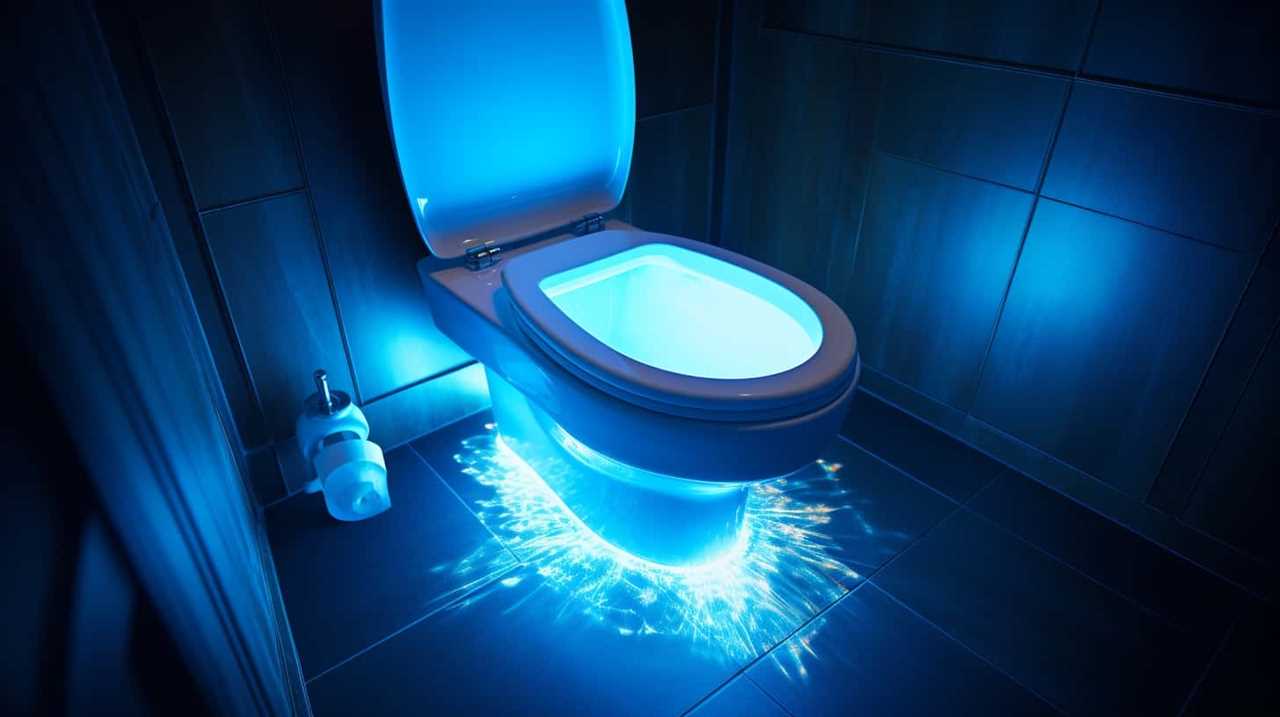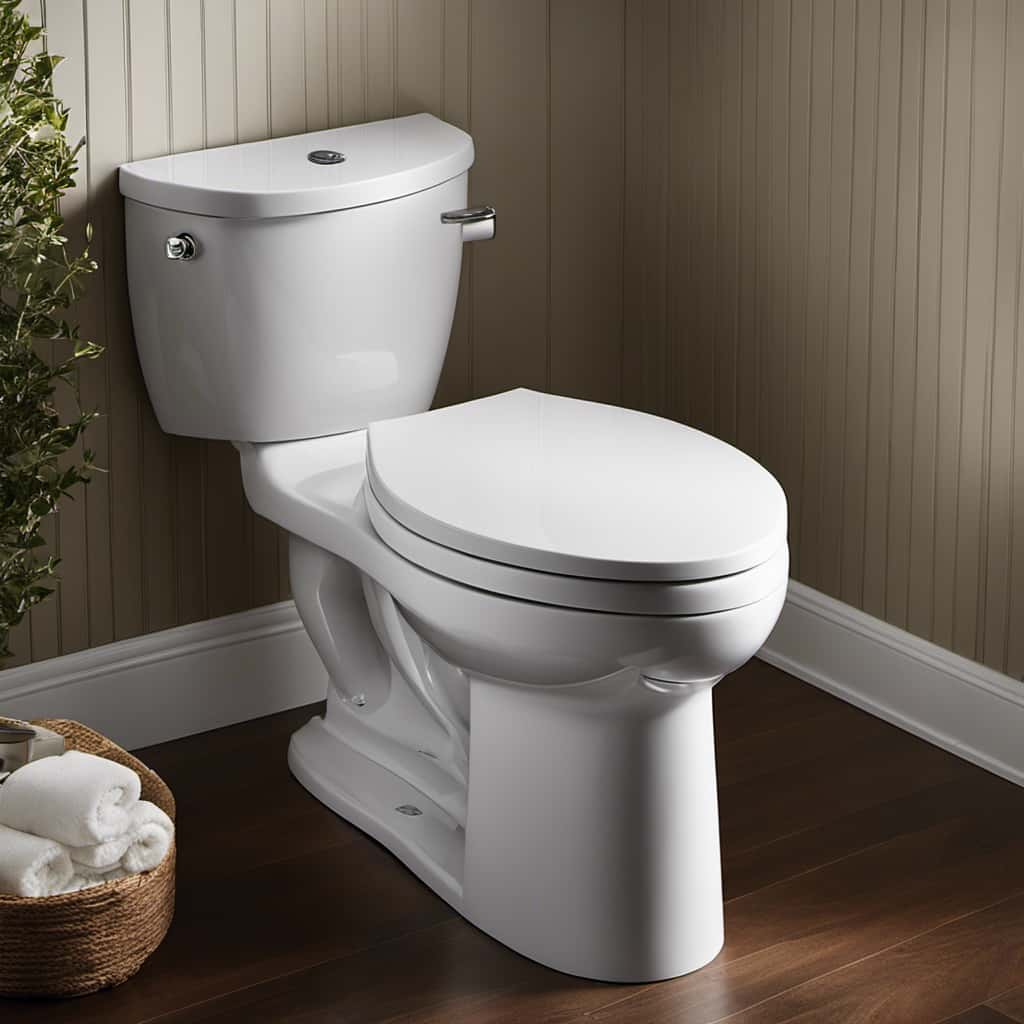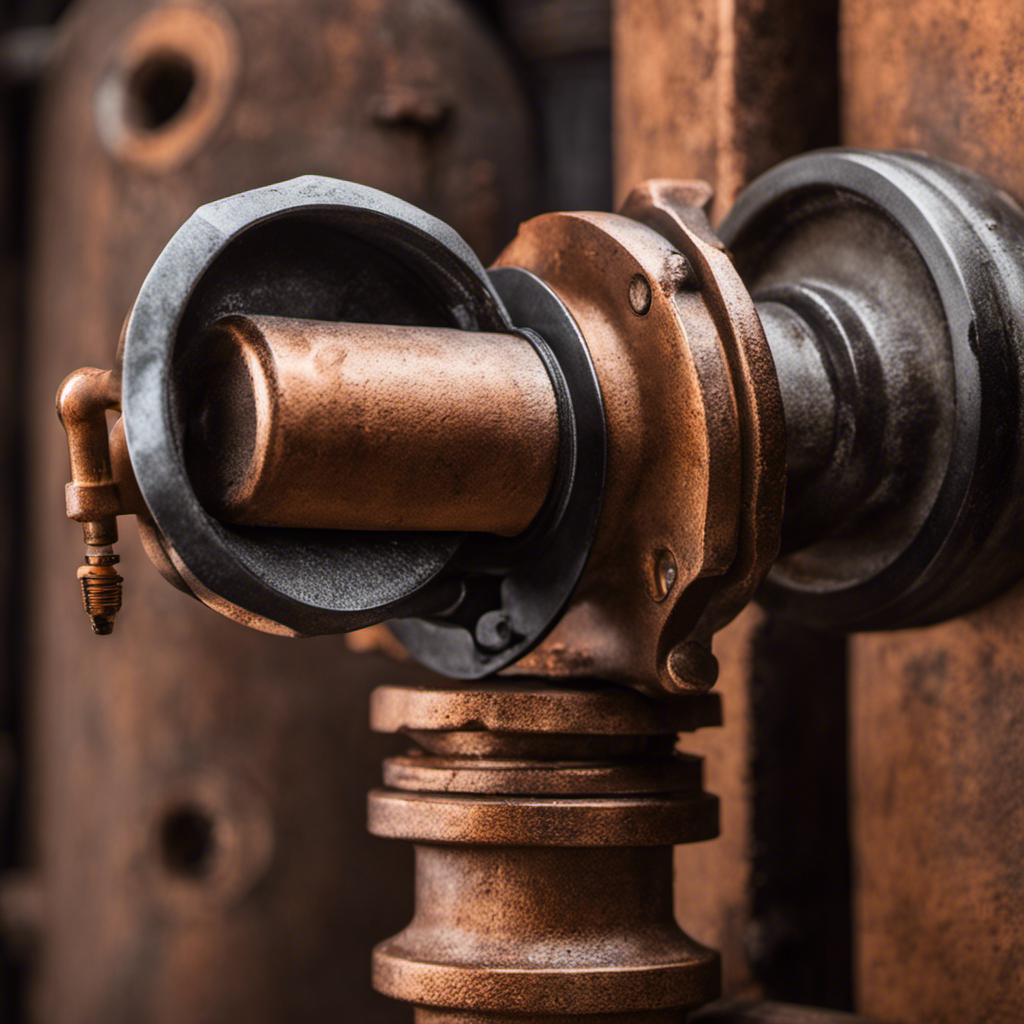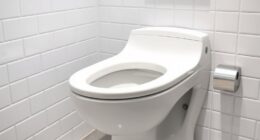Ever found yourself dealing with the nightmare of a toilet overflowing? No need to worry! We’re here to help.
In this article, we will guide you through the steps to unblock an overflow toilet like a pro. From understanding the cause to gathering the necessary tools, we’ll provide you with the knowledge and techniques to tackle this common household issue.
So let’s roll up our sleeves and get started on mastering the art of unblocking an overflow toilet!
Key Takeaways
- Assess the potential blockage in the pipes and use appropriate tools like a plunger or toilet auger to dislodge the clog.
- Turn off the water supply and protect the floor and surroundings to minimize water damage and prevent mess.
- Use a plunger or toilet auger to unclog the toilet, with a toilet auger being more effective for stubborn clogs.
- Consider the benefits of a toilet auger or snake, such as reaching deeper into the drain pipe, preventing future clogs, and offering better results in unblocking an overflow toilet.
Understand the Cause
To understand the cause of an overflow toilet, we need to assess the potential blockage in the pipes. This can be accomplished by using a few essential tools.
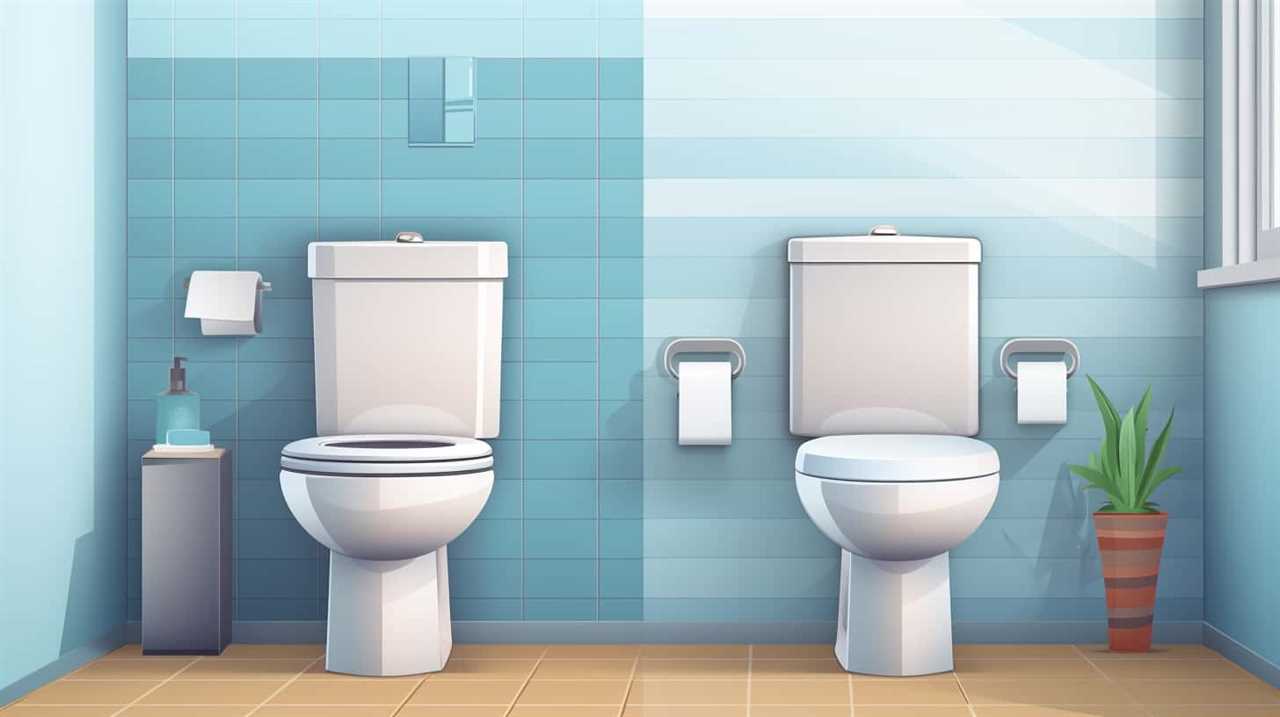
Firstly, a plunger is a handy tool for dislodging minor blockages. It creates pressure and suction to break up the obstruction and restore proper flow.
Additionally, a toilet auger, also known as a snake, can be employed to reach deeper clogs. This flexible metal wire is inserted into the toilet drain and cranked to break up and remove the blockage.
Understanding the common causes of toilet overflow is crucial for preventing future incidents. Some common culprits include excessive toilet paper, foreign objects, and mineral buildup.
Gather the Necessary Tools
Now, let’s gather the necessary tools to unblock an overflow toilet. To effectively tackle understanding clogs, we must choose the right tools. Here are four essential items you’ll need:
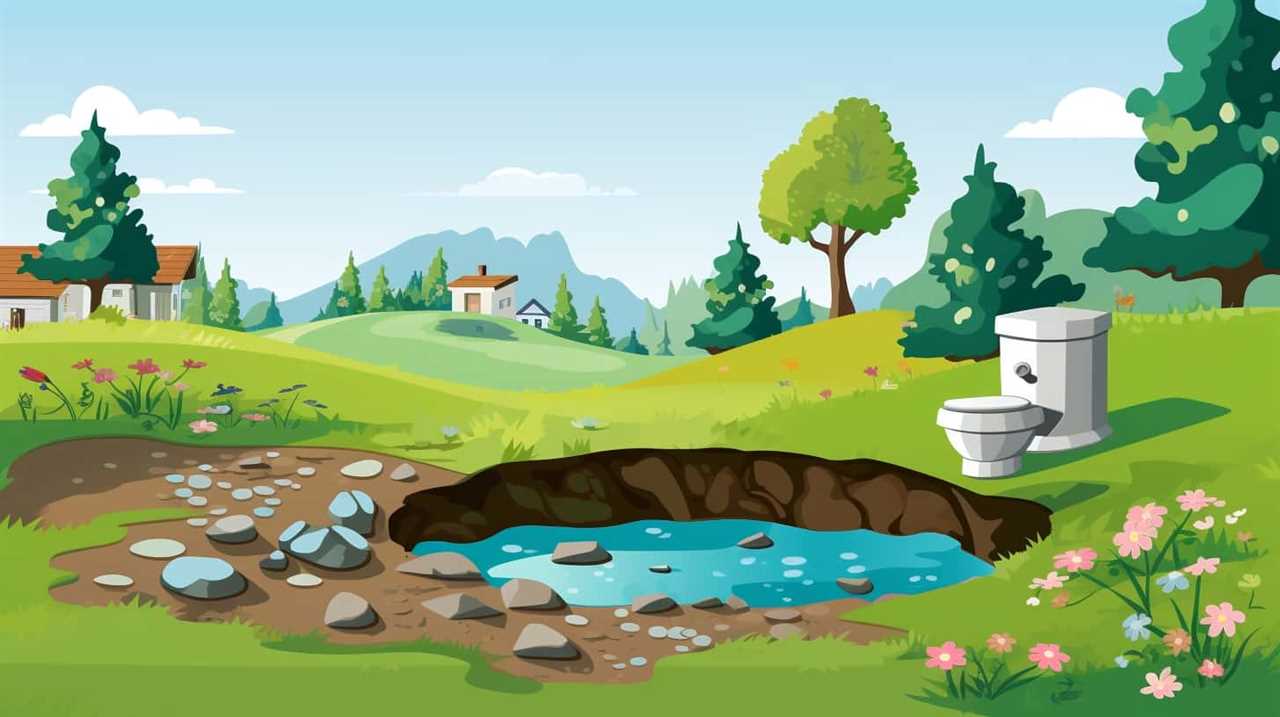
- Plunger: Opt for a toilet plunger with a flange, which provides a better seal around the drain. This will help create the necessary pressure to dislodge the clog.
- Toilet auger: Also known as a plumbing snake, this tool is ideal for more stubborn clogs. Insert the auger into the drain and rotate the handle to break up the blockage.
- Rubber gloves: Protect your hands from germs and bacteria by wearing rubber gloves. They’ll also come in handy when handling any unpleasant mess.
- Bucket: Have a bucket nearby to catch any excess water that may overflow during the unclogging process. This will help prevent further mess and damage.
Turn Off the Water Supply
How can we ensure the water doesn’t continue to overflow from the toilet?
One of the first steps to take is to turn off the water supply. Understanding clogs and common toilet problems can help us troubleshoot the situation effectively. To turn off the water supply, locate the shut-off valve, typically situated on the wall behind the toilet. Rotate the valve clockwise until it’s fully closed. This will stop the flow of water into the toilet tank, preventing further overflow.
It’s important to act quickly when facing an overflowing toilet to minimize water damage. By turning off the water supply, we can halt the overflow and focus on resolving the underlying issue causing the clog.
Protect the Floor and Surroundings
We frequently protect the floor and surroundings when dealing with an overflow toilet. Taking preventive measures can save us from unnecessary cleanup and damage. Here are four essential steps to ensure the floor and surroundings remain unscathed:
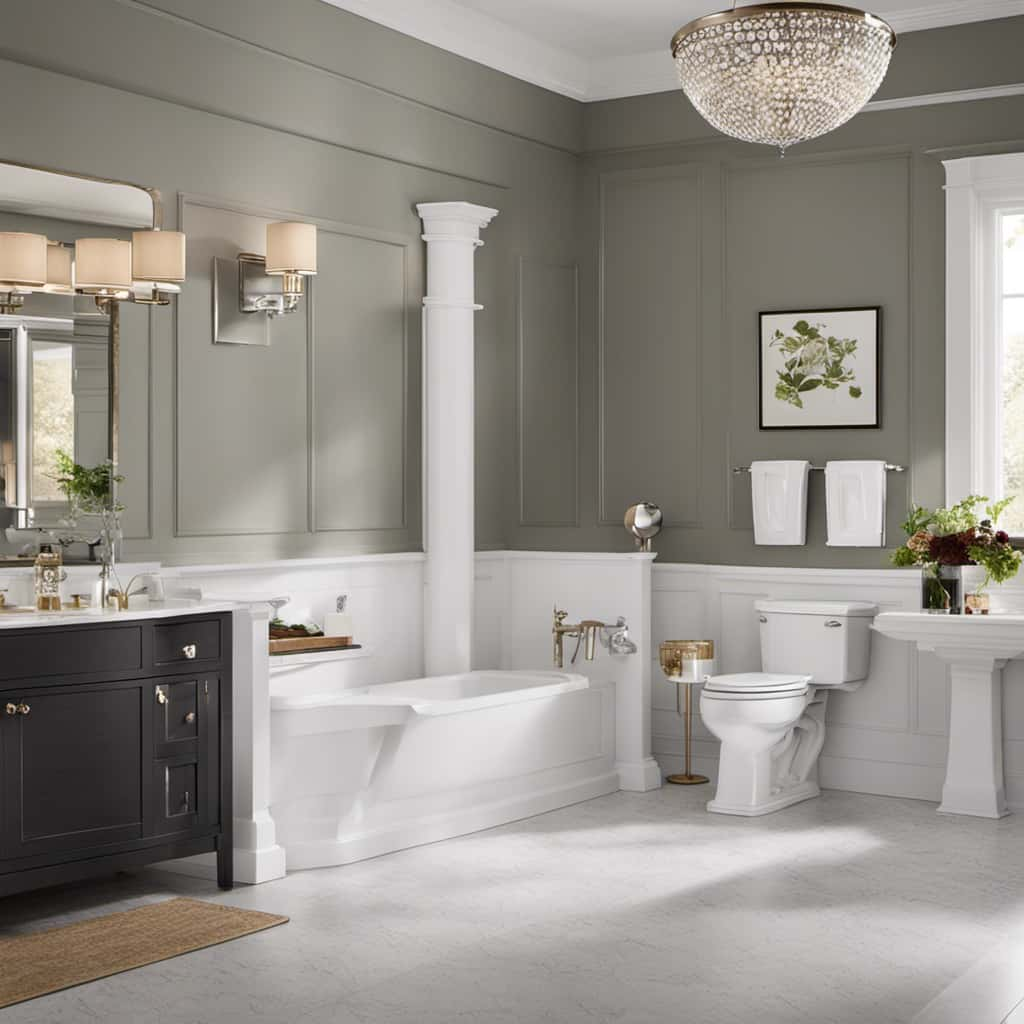
- Lay down towels or old newspapers around the toilet to absorb any spillage and prevent it from spreading.
- Use plastic sheets or garbage bags to cover the floor, creating a barrier that prevents water from seeping through.
- Place a bucket or basin next to the toilet to catch any excess water that may overflow.
- Remove any nearby objects or furniture that could be damaged by water or hinder our ability to access the toilet.
By following these steps, we can minimize the mess and protect our surroundings.
Now, let’s move on to the next step and learn how to use a plunger to unblock an overflow toilet.
Use a Plunger
To start unblocking an overflow toilet, gather a plunger and position it over the drain. Using a plunger is one of the most common and effective methods of addressing common toilet problems.
First, ensure that there’s enough water in the bowl to cover the plunger’s rubber cup. If not, add water until the cup is submerged. Then, firmly press the plunger down and pull up quickly, creating suction. Repeat this plunging motion several times, increasing the intensity with each plunge.
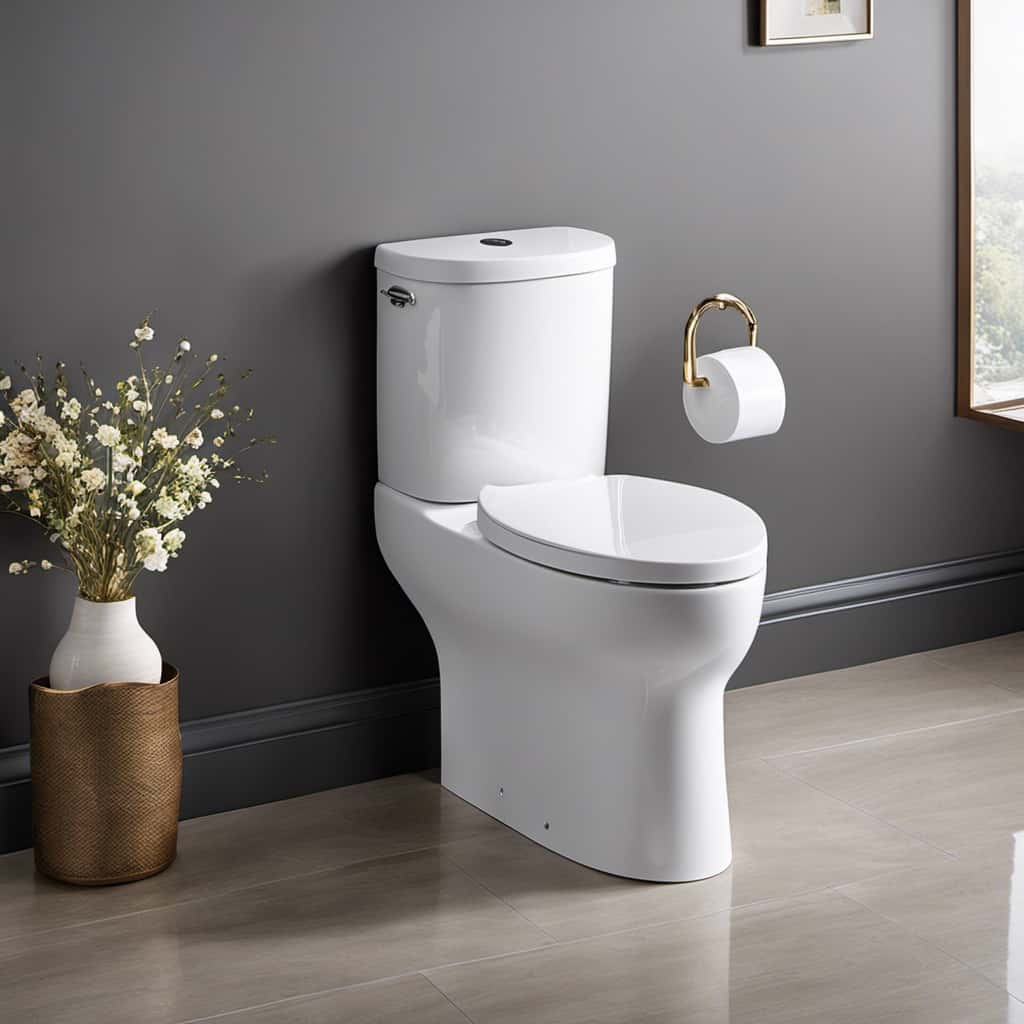
The suction created by the plunger will help dislodge the blockage and restore proper flow.
If plunging doesn’t resolve the issue, it may be necessary to try a toilet auger for more stubborn clogs.
Try a Toilet Auger
Now let’s talk about using a toilet auger as an alternative to a plunger.
The main advantage of using an auger is its ability to reach deeper blockages that a plunger mightn’t be able to handle.
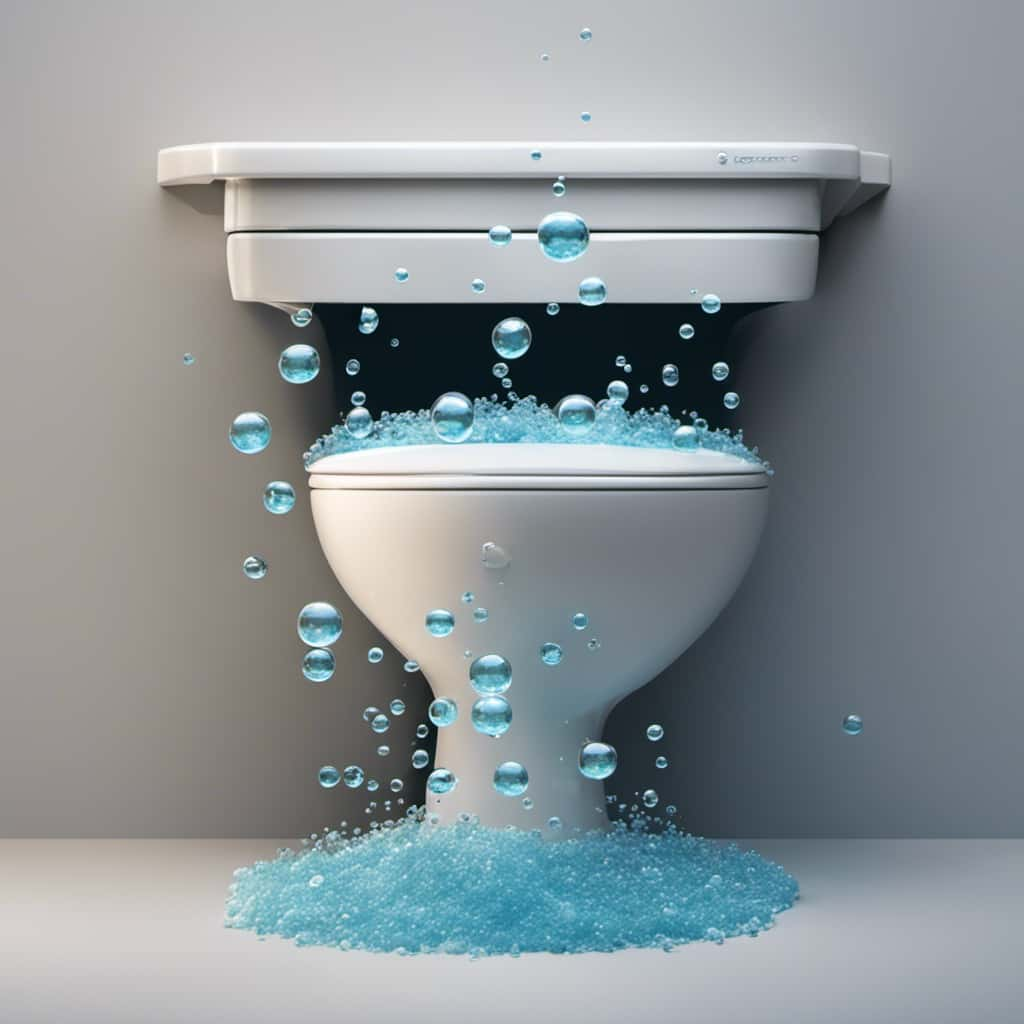
To use a toilet auger, simply insert it into the toilet bowl, rotate the handle, and apply gentle pressure to dislodge any obstructions.
However, it’s important to follow proper usage techniques and take safety precautions to avoid causing damage to the toilet or injuring yourself.
Auger Vs Plunger
When unblocking an overflow toilet, it’s advisable to try a toilet auger instead of a plunger. Here’s why:
- Auger effectiveness: A toilet auger, also known as a plumbing snake, is specifically designed to tackle tough clogs. Its long, flexible cable can reach deeper into the drain pipe, allowing it to break up and remove stubborn blockages that a plunger might struggle with.
- Plunger technique: While plungers are effective for minor clogs, they rely on pressure and suction to dislodge the blockage. However, they may not be as effective for larger or more stubborn clogs. Additionally, improper plunging technique can lead to mess and potential damage to the toilet.
- Cleared pathways: The auger’s cable can navigate through the U-bend and other curves in the toilet’s plumbing system, ensuring a thorough cleaning and clearing of the pathway.
- Prevention of future clogs: By using a toilet auger, you can remove the entire obstruction, minimizing the chances of future clogs and keeping your toilet running smoothly.
When faced with a challenging clog, consider using a toilet auger for its effectiveness, ability to clear pathways, and prevention of future clogs.
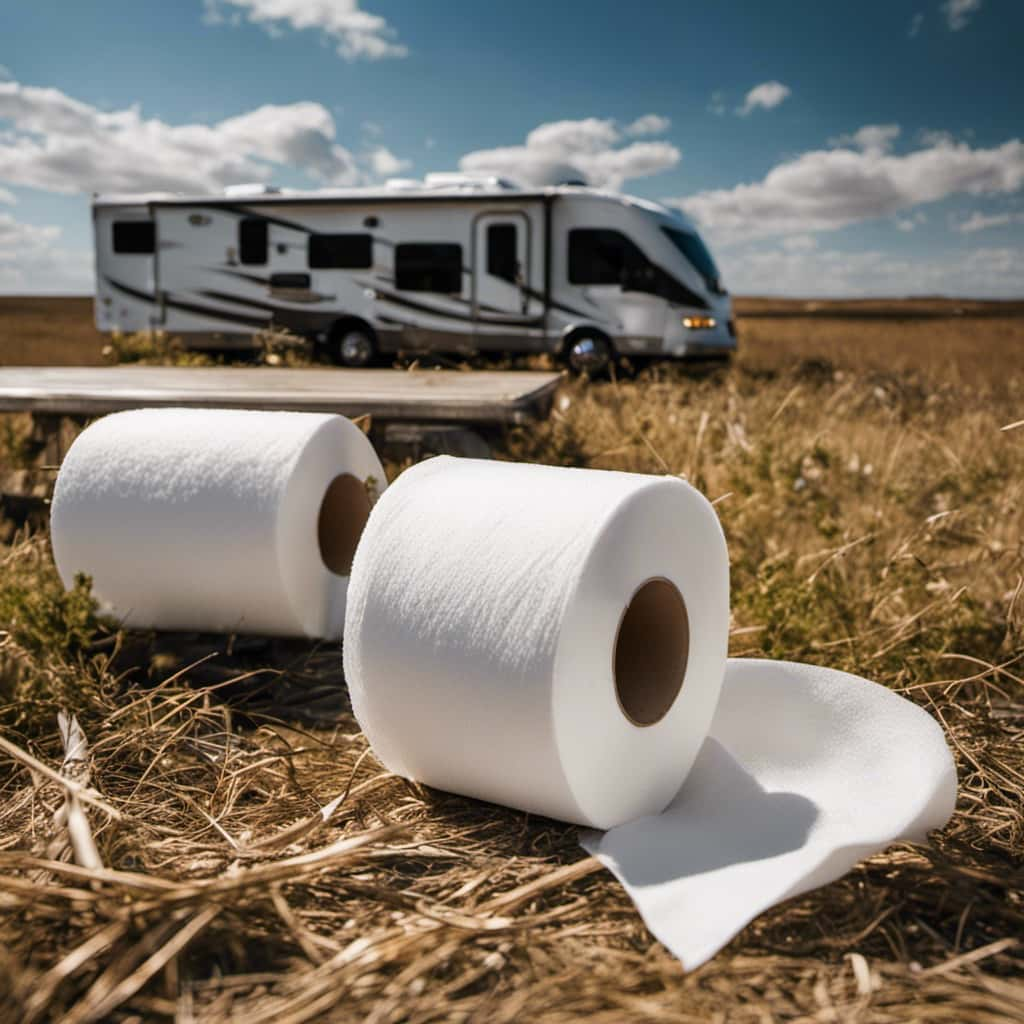
Proper Auger Usage
After discussing the benefits of using a toilet auger instead of a plunger, let’s now delve into the proper usage of a toilet auger.
When it comes to unclogging a toilet, a toilet auger is a reliable tool that can effectively clear blockages. Unlike a plunger, which can sometimes push the clog further down the drain, a toilet auger is designed to break up the clog and remove it completely.
To use a toilet auger, start by inserting the flexible cable into the drain hole. Then, turn the handle clockwise to feed the cable into the pipe. Once you feel resistance, continue turning the handle while applying gentle pressure to break up the clog. Avoid using excessive force, as it may damage the pipes.
As an alternative to using a toilet auger, there are also DIY unclogging methods that you can try, such as using a combination of hot water and dish soap or a mixture of baking soda and vinegar. These methods may work for minor clogs, but for more stubborn blockages, a toilet auger is the recommended tool to ensure thorough unclogging.
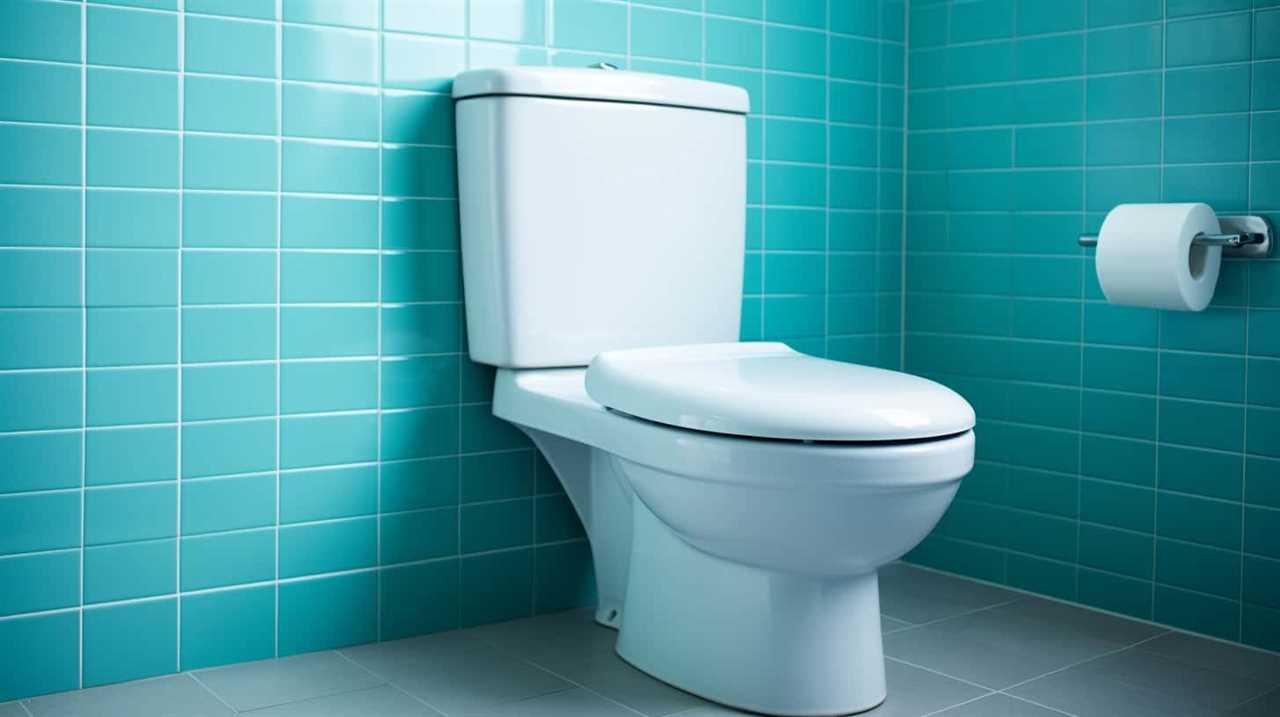
Safety Precautions
Let’s talk about the safety precautions we should take when using a toilet auger to unblock an overflow toilet.
To ensure a safe and effective unclogging process, it’s important to follow these guidelines:
- Protective Gear: Before starting, put on rubber gloves and safety goggles to shield yourself from potential splashes and debris.
- Secure the Area: Clear the surrounding area to prevent any obstacles that may hinder your movements while using the auger.
- Follow Instructions: Familiarize yourself with the manufacturer’s instructions for using the toilet auger properly. This will help you avoid any accidental damage to the toilet or injury to yourself.
- Be Gentle: When inserting the auger into the toilet, apply gentle pressure to avoid causing further damage. Slowly rotate the auger handle to break up the clog without exerting excessive force.
Use a Toilet Snake
When it comes to unclogging an overflow toilet, using a toilet snake can be a viable option.
The toilet snake is a tool designed to break up and remove clogs that a plunger mightn’t be able to handle.
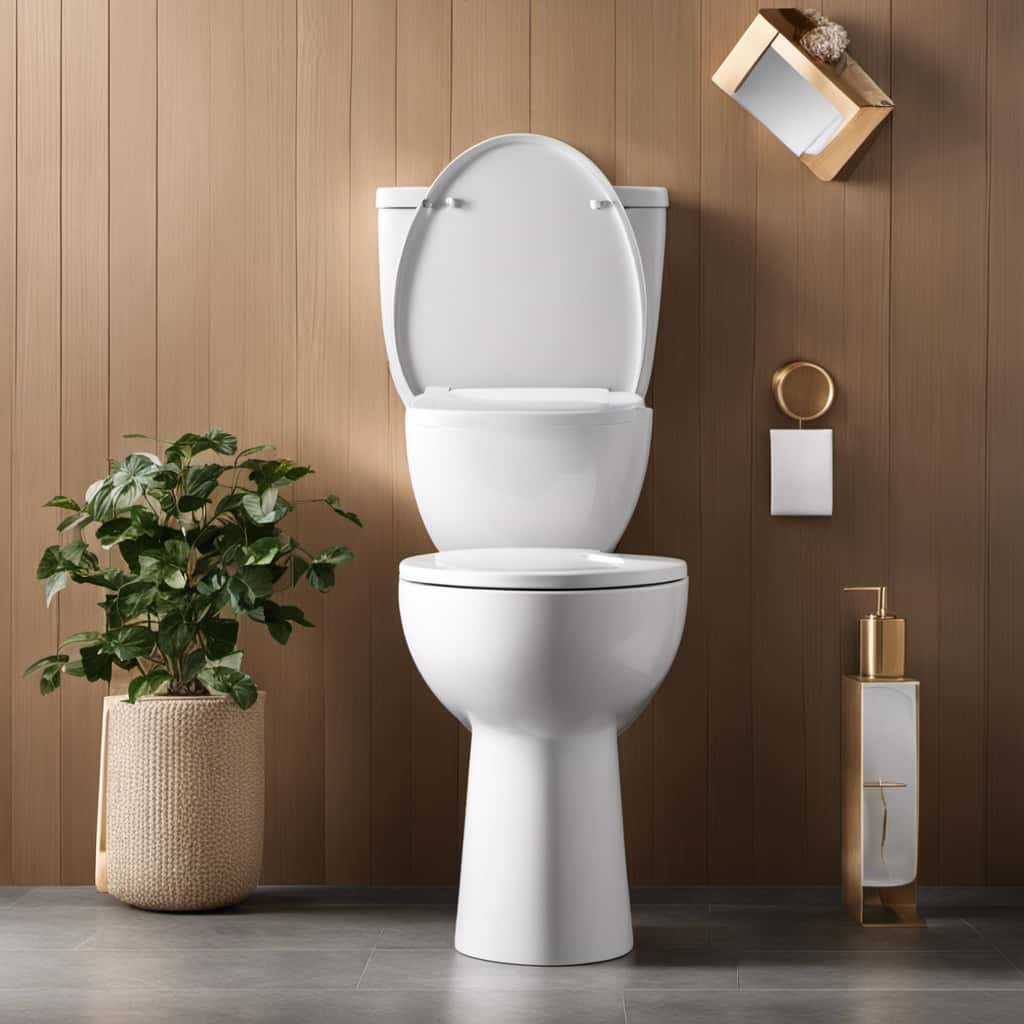
It’s a cost-effective DIY solution that can save you time and money, especially when compared to calling a professional plumber.
Snake Vs Plunger
We prefer using a toilet snake over a plunger to unblock an overflow toilet. Here are the reasons why:
- Flexibility: A toilet snake is flexible and can navigate through the curves of the toilet drain, reaching the clog more effectively than a plunger.
- Mechanical Advantage: A toilet snake provides a mechanical advantage by allowing you to apply direct force on the clog, breaking it up and clearing the blockage.
- Versatility: Toilet snakes come in various lengths, allowing you to choose the right size for your toilet. They can also be used for other plumbing tasks, such as removing clogs from sinks or showers.
- Less Mess: When using a plunger, there’s a risk of splashing dirty water around the bathroom. With a toilet snake, you can avoid this mess and keep your bathroom clean.
While plunger alternatives have their pros and cons, a toilet snake offers more precision and effectiveness in unblocking an overflow toilet.
Professional Vs DIY
To unblock an overflow toilet, we recommend considering the option of using a toilet snake either by a professional or through a DIY approach. When it comes to unblocking a toilet, using a toilet snake can be an effective method. However, there are pros and cons to both the professional and DIY approaches.
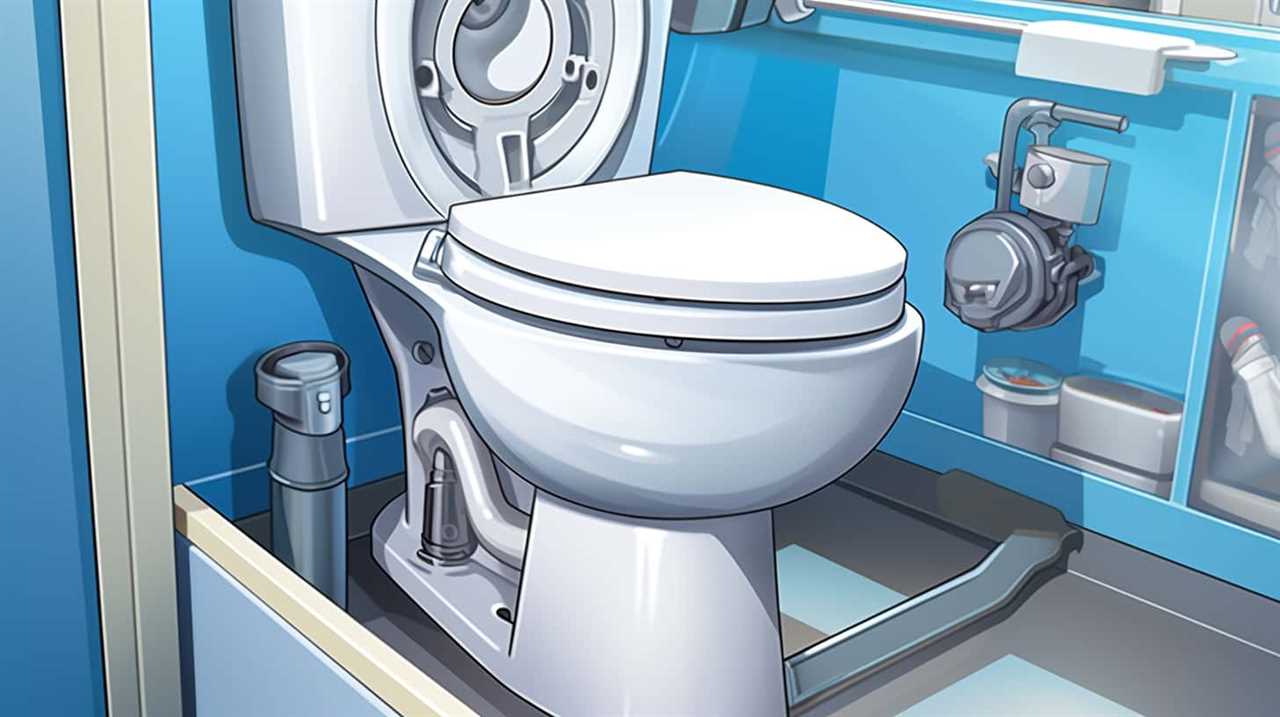
Hiring a professional plumber ensures that the job is done correctly and efficiently. They’ve the expertise and specialized tools to handle any blockage effectively. Additionally, professionals can identify and address any underlying issues that may have caused the blockage. On the downside, professional services can be costly and may require scheduling an appointment, which could lead to a longer wait time.
On the other hand, taking a DIY approach can be cost-effective and convenient. Using a toilet snake yourself allows you to address the blockage promptly without relying on external help. However, it requires some knowledge and skill to use the tool correctly, as improper usage can damage the toilet or worsen the blockage.
Ultimately, the decision between professional and DIY methods depends on your comfort level, budget, and the severity of the blockage.
Use Baking Soda and Vinegar
To unblock an overflow toilet, one effective method is by utilizing a combination of baking soda and vinegar. This natural and cost-effective solution is commonly used by DIY enthusiasts.

Here’s how it works:
- Pour half a cup of baking soda into the toilet bowl. Baking soda has numerous benefits, including its ability to break down organic matter and neutralize odors.
- Slowly pour one cup of vinegar into the bowl. Vinegar is a great alternative to harsh chemicals, as it acts as a natural disinfectant while also breaking down stubborn clogs.
- Let the mixture sit for about 30 minutes. During this time, the chemical reaction between the baking soda and vinegar will create fizzing and bubbling, which helps to loosen and dissolve the blockage.
- Finally, flush the toilet to see if the clog has cleared. If not, repeat the process or consider calling a professional plumber.
Using baking soda and vinegar is a simple and effective method for unblocking an overflow toilet, providing you with the knowledge and mastery to handle this issue yourself.
Use Hot Water and Dish Soap
Another method to unblock an overflow toilet, continuing from the previous subtopic, is by using hot water and dish soap. This method is effective in breaking up toilet clogs and preventing future blockages.
To begin, heat a pot of water on the stove until it’s hot, but not boiling. Next, add a generous amount of dish soap to the toilet bowl. The soap acts as a lubricant, making it easier for the clog to slide through the pipes.
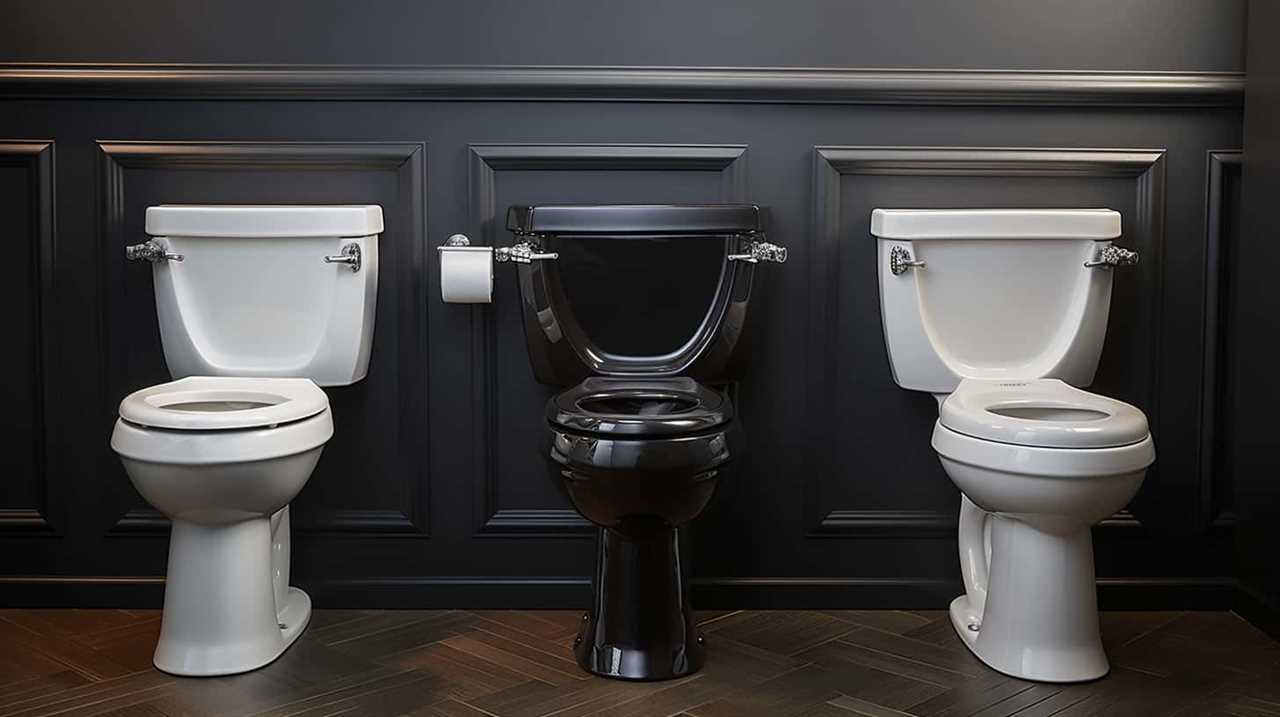
Carefully pour the hot water into the toilet bowl, aiming for the drain. The hot water will help soften and dissolve the clog, allowing it to be flushed away.
This alternative toilet unclogging method is a simple and cost-effective solution that can be used in conjunction with other methods for stubborn clogs.
Transitioning to the next section, if hot water and dish soap don’t work, you may want to try a chemical drain cleaner.
Try a Chemical Drain Cleaner
Using hot water and dish soap may not always be effective in unblocking an overflow toilet, so a potential alternative to consider is trying a chemical drain cleaner.
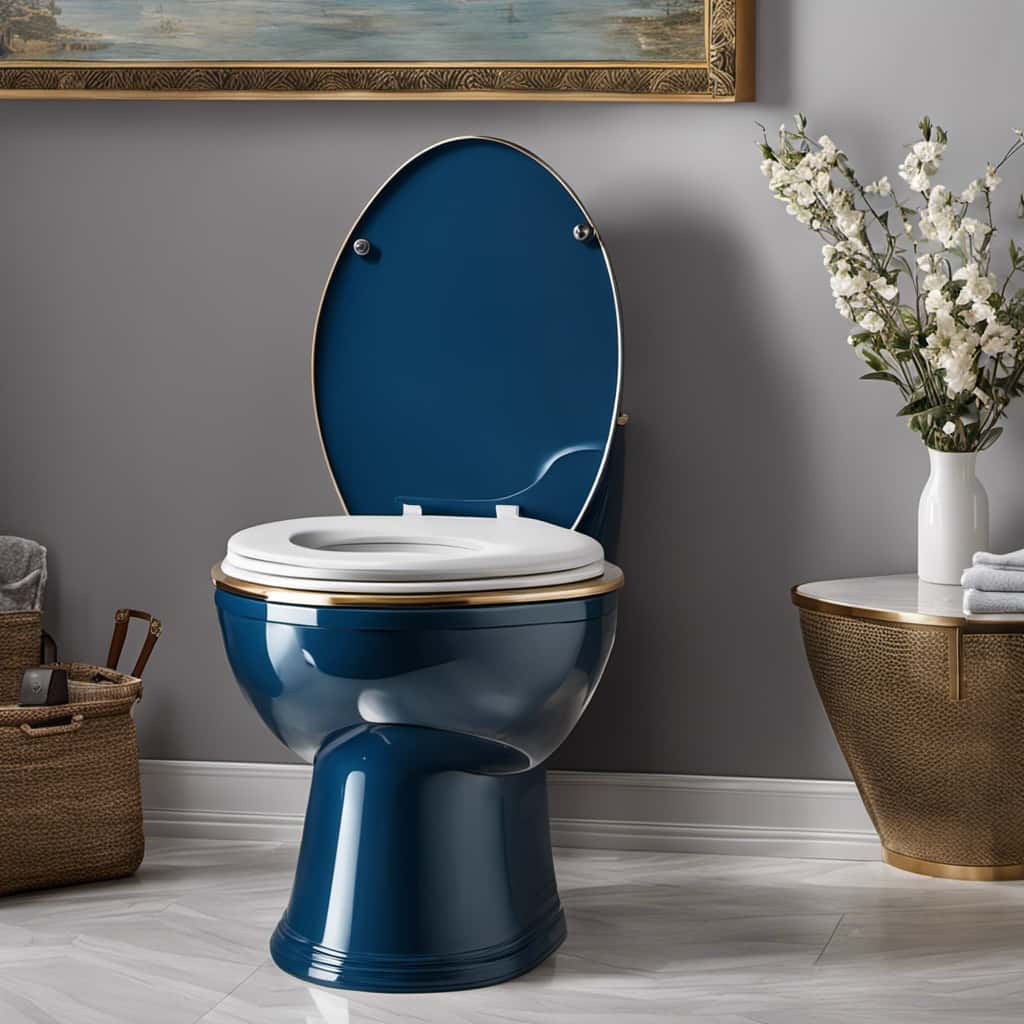
When using a chemical drain cleaner, there are a few key steps to follow for optimal results:
- Read the instructions: Before using any drain cleaner, carefully read and follow the instructions provided. Different products have varying application methods and safety precautions.
- Choose the right product: Look for a drain cleaner specifically designed for toilets. These cleaners are formulated to break down and dissolve common blockages, such as toilet paper and waste.
- Protect yourself: Wear protective gloves and goggles while handling the chemical drain cleaner to prevent any irritation or burns. Ensure proper ventilation in the bathroom by opening windows or using a fan.
- Follow the recommended dosage: Use the appropriate amount of drain cleaner as directed. Excessive use can damage your plumbing system and lead to further issues.
Use a Wet/Dry Vacuum
After choosing the right product and protecting ourselves, we can unblock an overflow toilet by utilizing a wet/dry vacuum.
This method is effective in removing excess water and unclogging the toilet.
To begin, ensure that the vacuum is equipped with a wet/dry attachment to handle the water. Place the attachment securely over the drain opening in the toilet bowl.
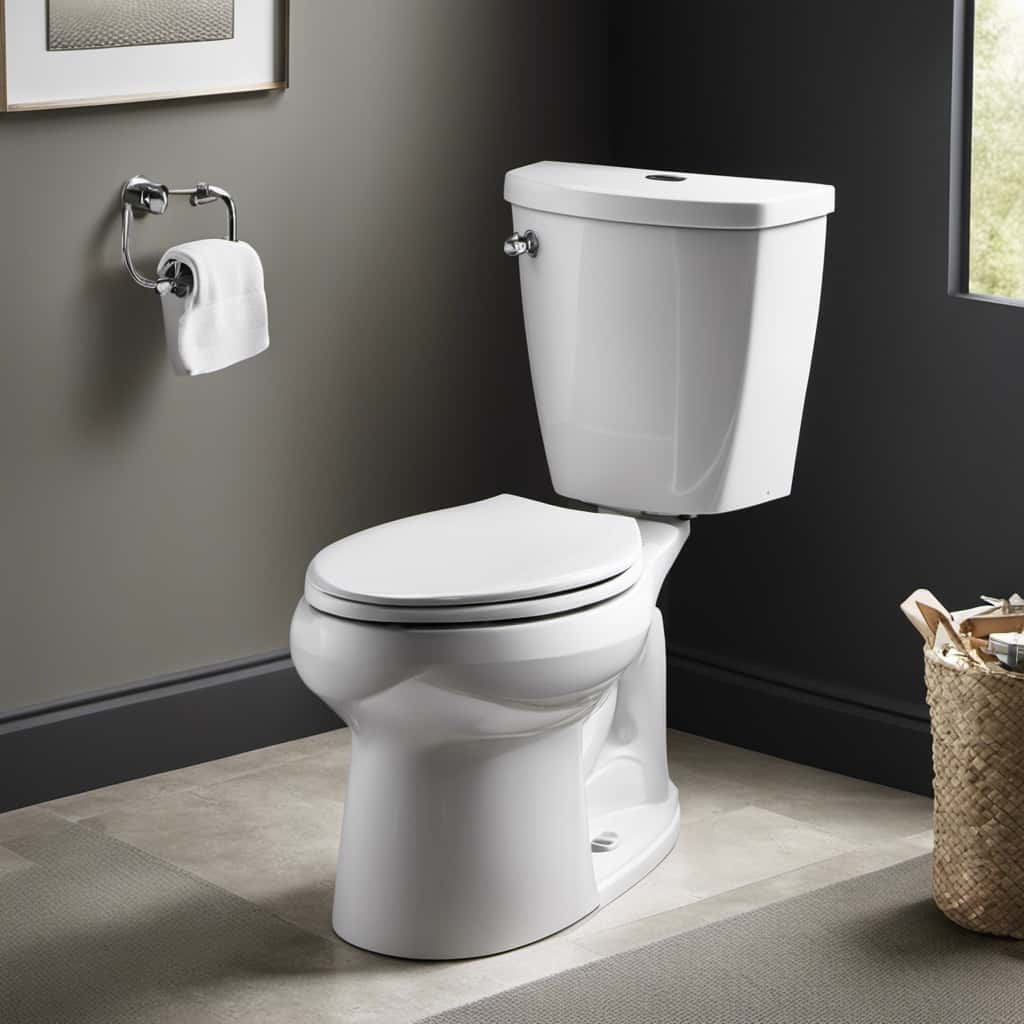
Turn on the vacuum and let it create suction to remove the water and any blockages. Slowly move the attachment around to ensure thorough suction and removal of debris.
Remember to empty the vacuum’s canister as needed to prevent overflow.
In cases where a wet/dry vacuum isn’t available, alternative options include using a plunger or a toilet auger.
However, the wet/dry vacuum provides a more efficient and convenient solution for unblocking an overflow toilet.
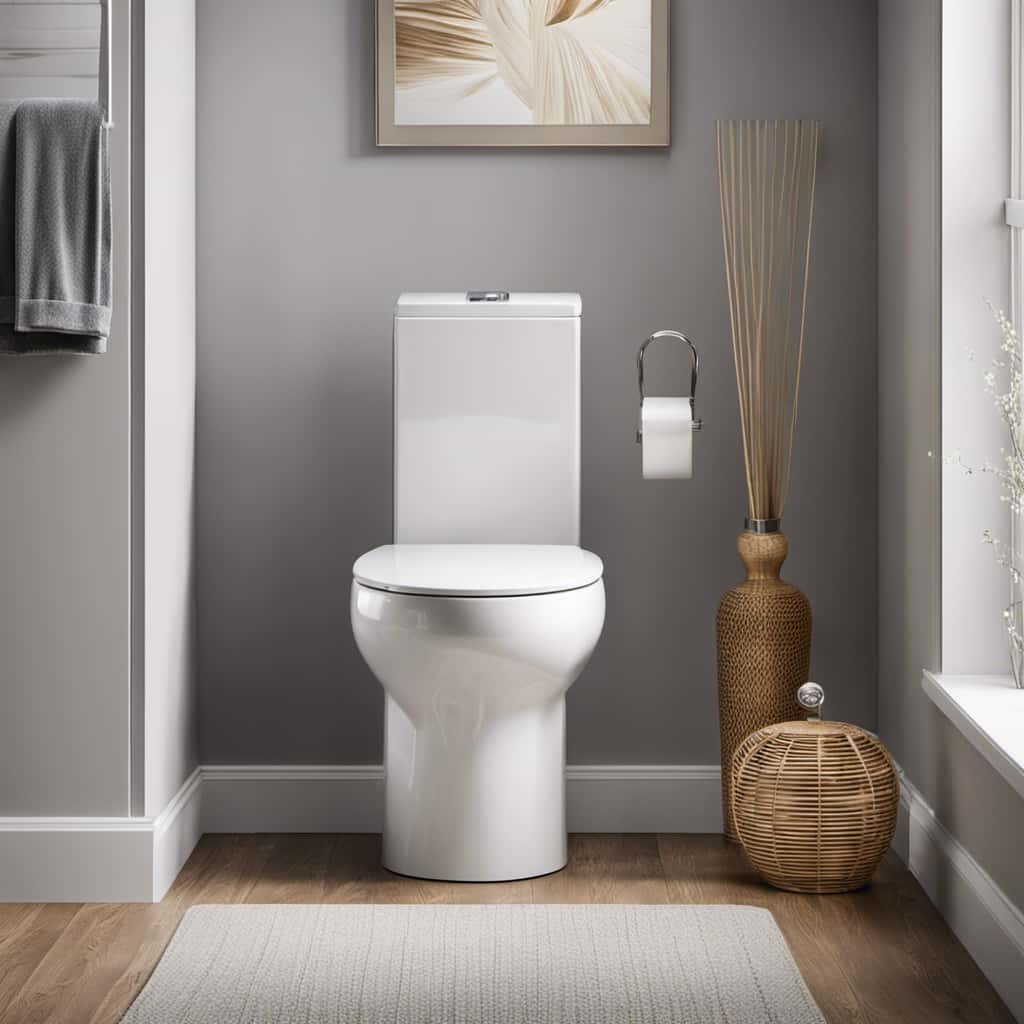
Call a Professional Plumber
When it comes to unblocking an overflow toilet, sometimes it’s best to leave it to the professionals. DIY methods can be effective, but they may not always fully resolve the issue.
Calling a professional plumber ensures that the problem is addressed properly and efficiently, saving you time and potential headaches.
Additionally, hiring a plumber may come with a cost, but it’s important to consider the potential damage and expenses that could arise from a prolonged or mishandled blockage.
DIY Methods for Unblocking
Although it’s recommended to call a professional plumber, we can try DIY methods to unblock an overflow toilet. Here are four toilet unblocking alternatives and natural remedies for clogged toilets:
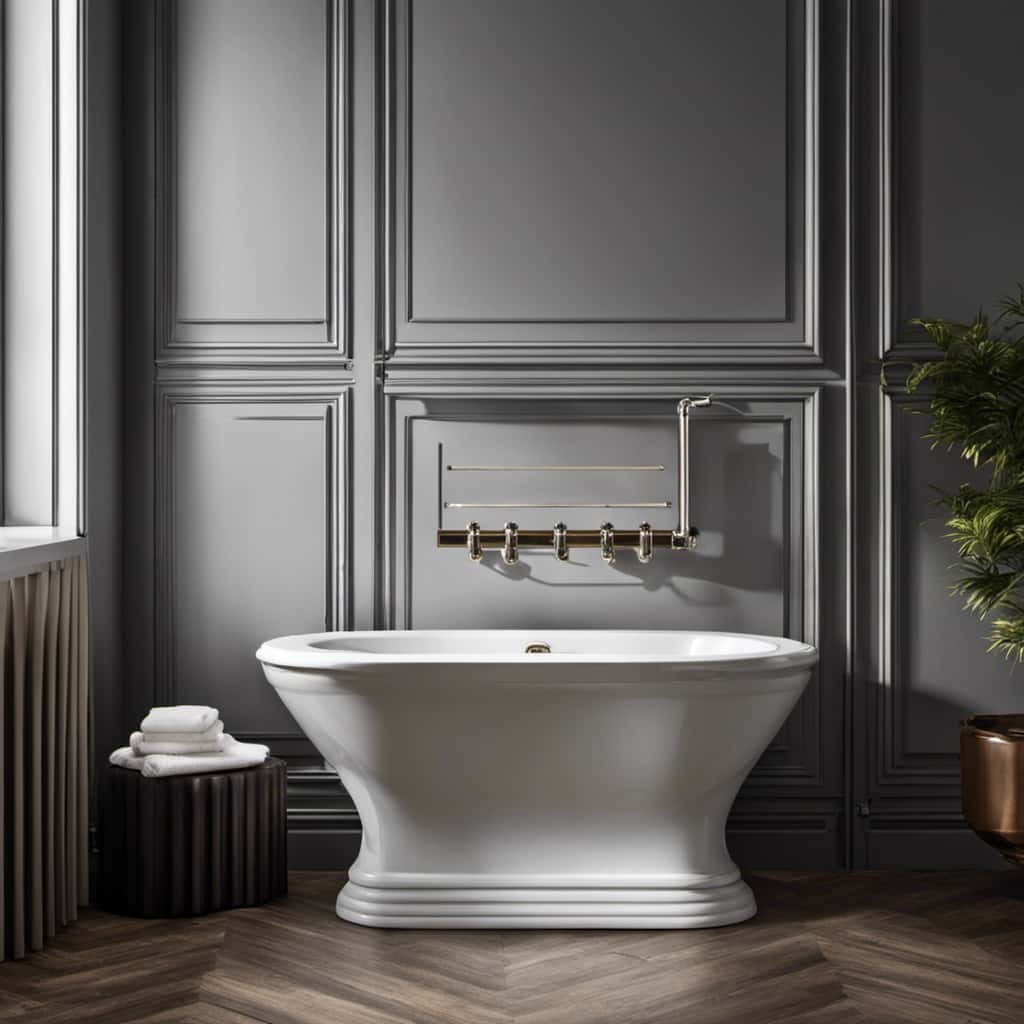
- Plunger: A plunger is a handy tool that uses suction to remove blockages. Place the plunger over the drain hole and push down firmly, then pull up sharply. Repeat this motion a few times to dislodge the clog.
- Hot water and dish soap: Pour a generous amount of dish soap into the toilet bowl, followed by hot water. The soap will help break down the blockage, while the hot water will help flush it away.
- Baking soda and vinegar: Mix equal parts baking soda and vinegar and pour it into the toilet bowl. Let it sit for a few minutes, then flush with hot water. The chemical reaction between the baking soda and vinegar can help dissolve the clog.
- Toilet auger: If the clog is stubborn, a toilet auger can be used. Insert the auger into the drain hole and rotate the handle to break up the blockage.
While these DIY methods may work in some cases, it’s important to know when to call a professional plumber for more severe clogs or underlying issues.
Costs of Hiring Professional
To continue the discussion on unblocking an overflow toilet, let’s explore the costs of hiring a professional plumber.
While DIY alternatives may seem cost-effective at first, it’s important to consider the potential risks and drawbacks. Hiring a professional plumber ensures that the job is done efficiently and effectively, reducing the chances of further damage or complications.
The cost of hiring a plumber can vary depending on factors such as the severity of the blockage, the location, and the plumber’s expertise. However, it’s essential to weigh the cost against the expertise and peace of mind that comes with professional assistance.
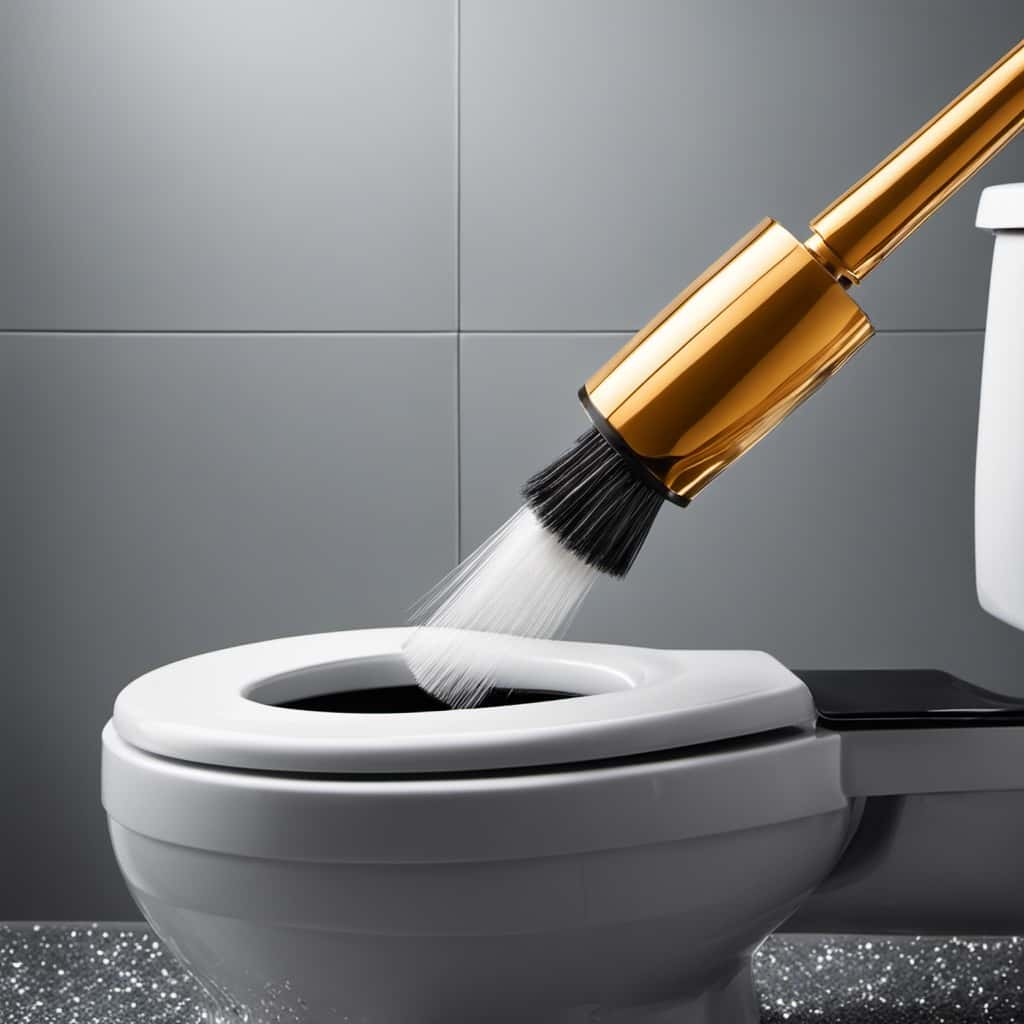
In some cases, attempting DIY methods can actually end up costing more if mistakes are made and additional repairs are required.
Now that we understand the costs involved, let’s move on to discussing the importance of quick action when dealing with an overflow toilet.
Importance of Quick Action
Now let’s delve into the importance of taking swift action and calling a professional plumber when faced with an overflow toilet. A quick response is crucial to prevent further damage and minimize the risk of water damage to your home. Here’s why calling a professional plumber is essential:
- Expertise: Professional plumbers have the knowledge and experience to quickly identify the cause of the overflow and take appropriate action.
- Specialized Equipment: Plumbers have specialized tools, such as drain snakes and hydro-jetting equipment, that can effectively clear clogs and restore proper flow.
- Safety: Handling an overflowing toilet can be hazardous due to the potential for exposure to bacteria and sewage. A professional plumber will have the necessary protective gear to ensure their safety and prevent contamination.
- Prevention Measures: In addition to resolving the immediate issue, a professional plumber can provide valuable advice on how to prevent future toilet overflows, such as regular maintenance and proper usage of the toilet.
Prevent Future Toilet Overflows
One way we can prevent future toilet overflows is by regularly inspecting and maintaining the plumbing system. Preventing clogs and ensuring proper toilet maintenance are essential to avoid potential overflow issues.
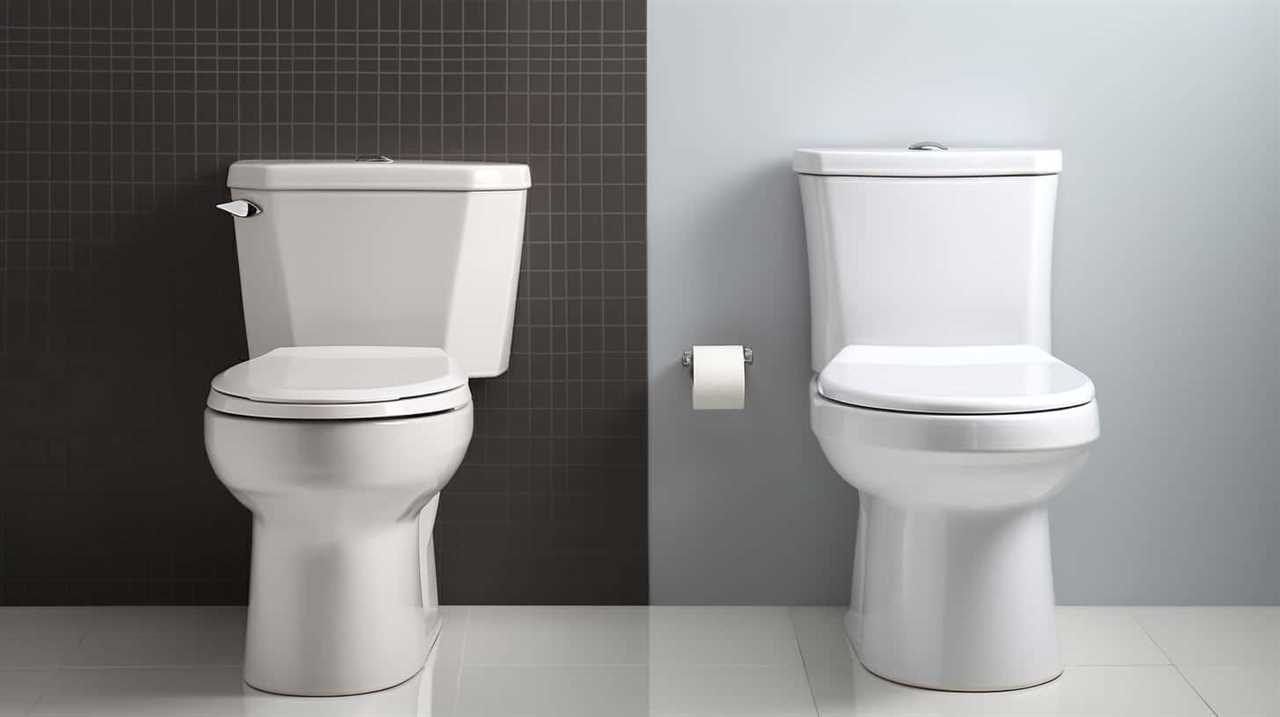
To prevent clogs, it’s important to be mindful of what’s being flushed down the toilet. Avoid flushing items such as hygiene products, wipes, or excessive amounts of toilet paper, as these can easily cause blockages.
Additionally, regular maintenance should include checking the water level in the tank to ensure it’s at the appropriate level and inspecting the flushing mechanism for any signs of damage or wear. Regularly cleaning the toilet bowl and drains can also help prevent clogs and maintain optimal flow.
Clean Up and Disinfect
After preventing future toilet overflows by regularly inspecting and maintaining the plumbing system, we can now shift our focus to the important task of cleaning up and disinfecting the affected area.
To ensure a thorough and effective cleanup, follow these cleaning techniques:

- Start by wearing protective gloves and apron to avoid direct contact with any potentially harmful substances.
- Use a plunger to remove any remaining waste from the toilet bowl, ensuring it’s completely clear.
- Clean the affected area using a mixture of warm water and a mild detergent. Scrub the surfaces thoroughly to remove any stains or residue.
- Disinfect the area using an effective disinfectant, such as bleach or a disinfectant spray. Be sure to follow the instructions on the product label for proper use and dilution.
Once the area is clean and disinfected, you can proceed to the next section for a recap and final thoughts on unblocking an overflow toilet.
Recap and Final Thoughts
To recap and conclude, it is essential that we take proactive measures to prevent future toilet overflows and ensure the cleanliness and hygiene of the affected area. By implementing simple preventive strategies, we can avoid the hassle and potential health hazards associated with toilet overflows.
Here are some final thoughts on prevention:
| Prevention Method | Description | Benefits |
|---|---|---|
| Regular Maintenance | Conduct routine inspections and maintenance to identify and fix potential issues before they become major problems. | Minimizes the risk of toilet overflows and reduces the need for repairs. |
| Proper Flushing Techniques | Educate household members on the correct way to flush the toilet, ensuring only waste and toilet paper are flushed. | Prevents blockages and reduces the likelihood of clogs. |
| Avoiding Flushing Non-Flushable Items | Discourage the flushing of non-flushable items such as wipes, feminine hygiene products, and cotton balls. | Prevents blockages and reduces the likelihood of toilet overflows. |
Conclusion
In conclusion, unblocking an overflowing toilet is a common household issue that can be resolved with a few simple steps. Did you know that around 75% of toilet overflows are caused by clogs? By understanding the cause, using the right tools, and taking preventative measures, you can easily tackle this problem.
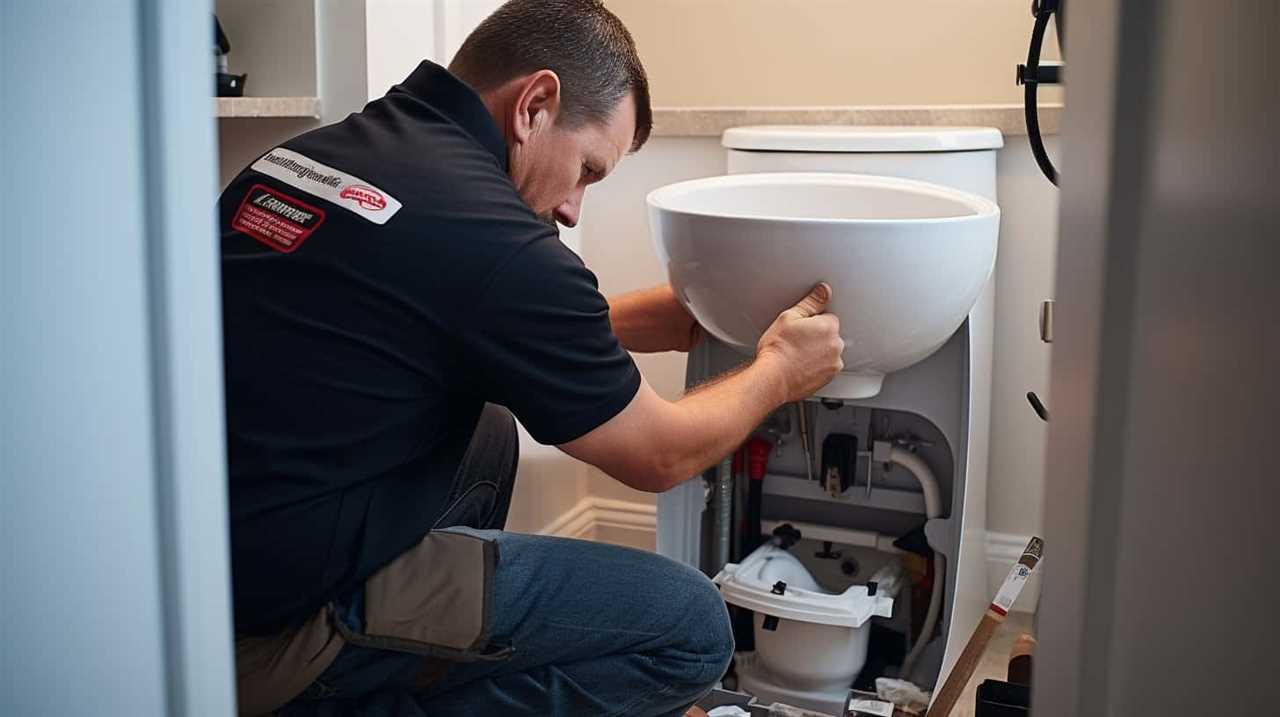
Remember to always turn off the water supply, protect the surrounding area, and consider calling a professional plumber if needed. Keep your toilet clean and well-maintained to prevent future overflows.
